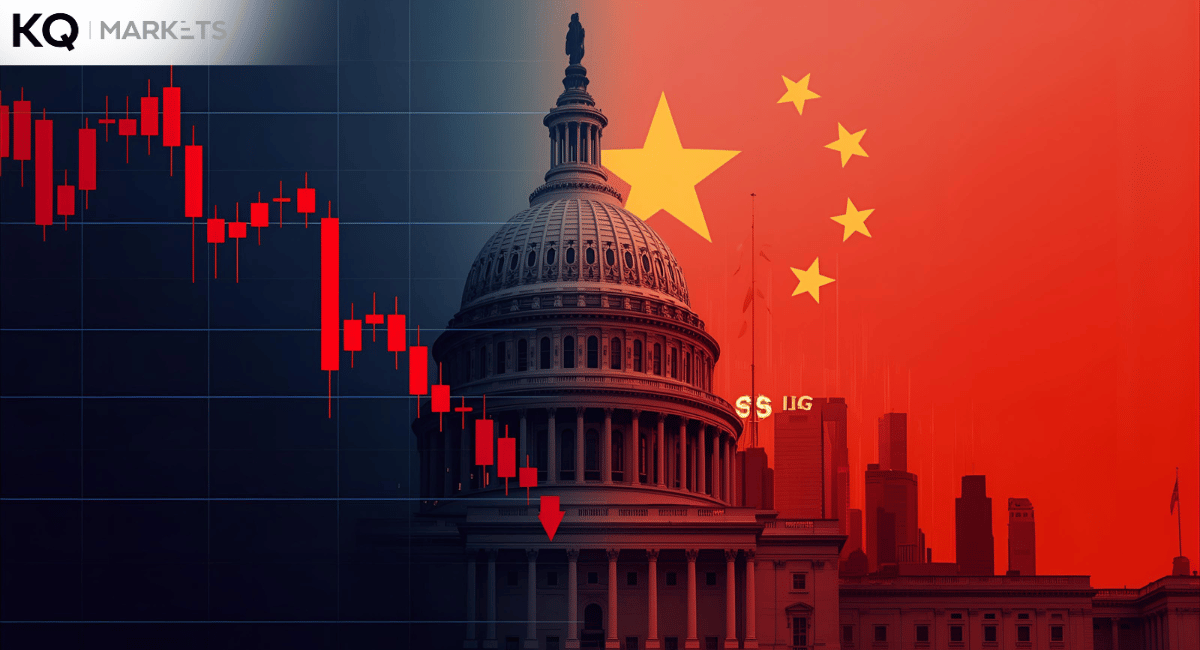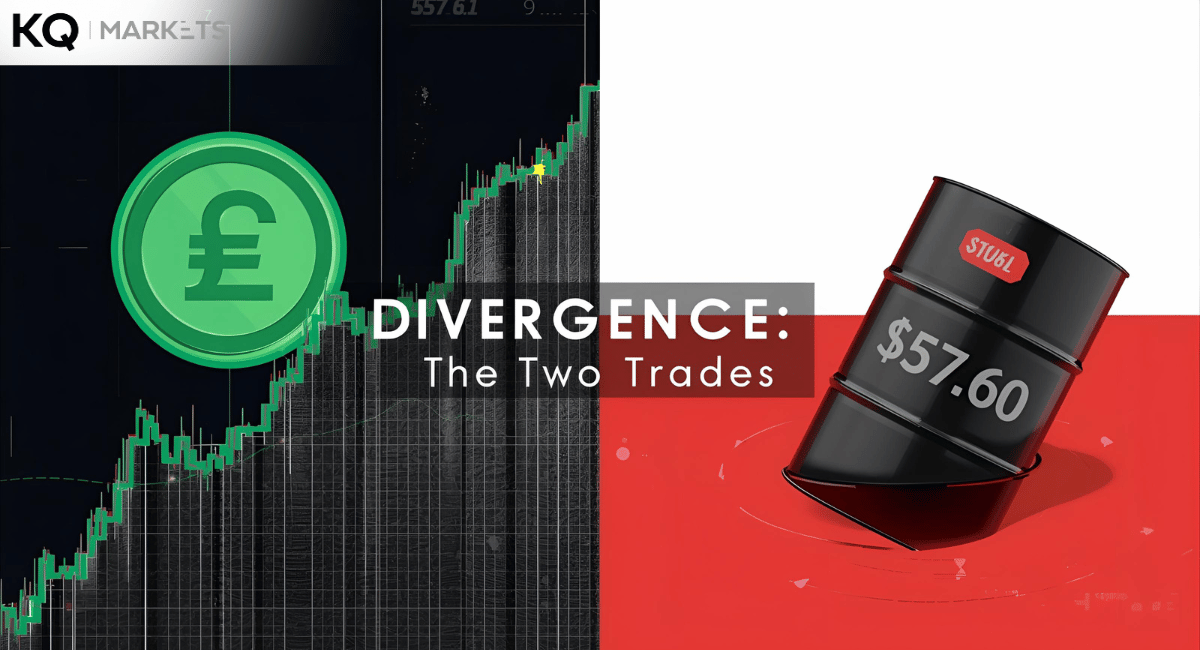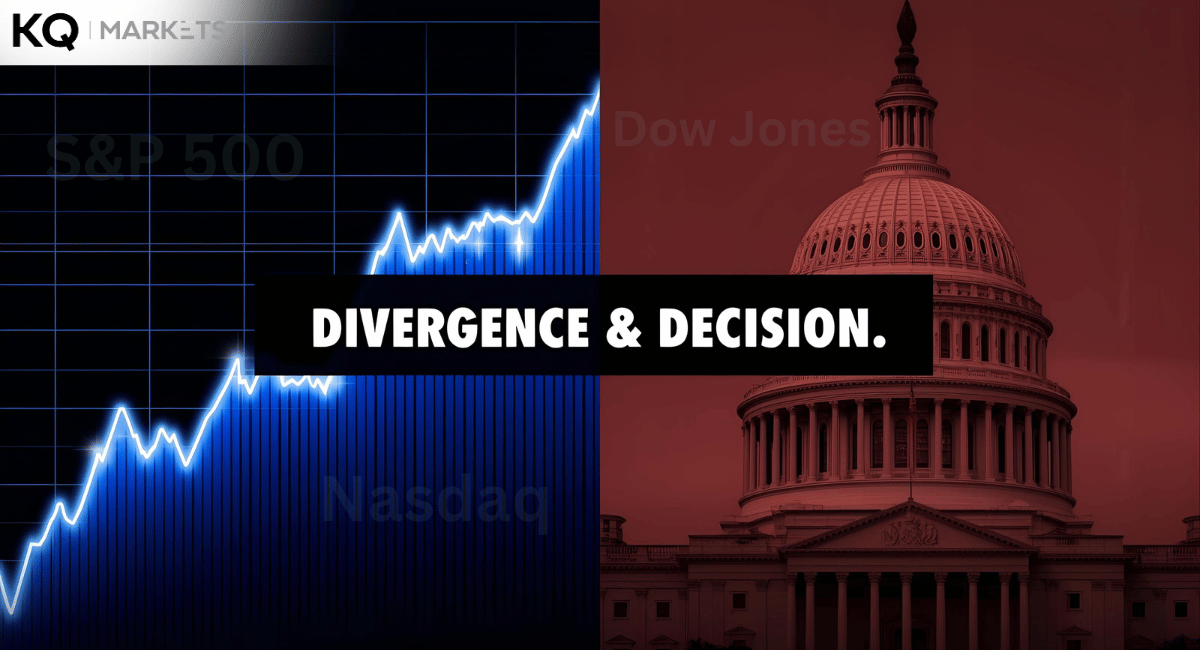UK wages rose slowly but attained a pace the Bank of England would grade normally. In other words, the UK pay growth slows but remains high for the Bank of England. It revamped doubt on the prospects of an interest rate cut. This post overviews UK wage growth, driving factors, and the aftermath.
UK Pay Growth Slows Overview
The wage growth in the UK remained high, posing risks for Bank of England interest rate cuts. In general, the Office of National Statistics released data indicating a steady economic slowdown in the UK. The UK pay growth slowed from 6.0% to 5.7% annually, excluding bonuses from three months to May.
The decline reflects the UK unemployment rate, wage hikes due to candidate shortages, a tightening labour market, and the slowest rise since mid-2022. The inflation impact on wages doubled the Bank of England's 2% inflation target. Thus, analysts adjusted their forecasts for rate cuts in September from August.
UK Pay Growth Slows Driving Factors
UK pay growth slows due to several factors, including monetary policy decisions, persistent inflation pressures, and labour market UK changes. What's more, ongoing candidate shortages resulted in rapid UK wage growth. This section uncovers how other factors, such as monetary policies, contributed.
- Labour Market UK Changes

Recent labour market UK adjustments recorded notable tight conditions due to ongoing candidate shortages. UK pay growth slowed but recorded moderate wage increases, resulting from wage offerings and recruitment strategies. Yet, labour market trends remain resilient despite sluggish economic growth.
- Inflationary Pressures
UK inflation data showed persistent changes that influenced policy decisions and economic conditions. Simply put, factors such as global economic uncertainties, supply chain disruptions, and rising energy costs raised consumer prices. The Bank of England took more cautious measures to attain the 2% inflation rate target.
- Monetary Policy UK
UK economic indicators show that efficient monetary policy UK helped the Bank of England manage inflation by supporting economic growth and stabilizing prices. Thus, it prompted investment and employment by aiding recovery, providing liquidity for financial markets, and boosting the economic impact on wages.
UK Pay Growth Slows Aftermath
Changes in minimum wage UK have diverse impacts on the overall economic outlook. For instance, UK pay growth slows due to ongoing monetary policy UK and inflationary pressures. The changes impacted consumer spending, the broader economic climate, and labour market UK trends. Here are the impacts:
- Economic Policy Impact
Moderate wage growth UK can be an effective driver for managing inflation by reducing the price increase rate. Yet, labour costs are critical in price increases and require a strict monetary policy in the UK to control trends. The UK wage growth had considerable impacts on the economic growth UK.
- Consumer Spending Impact
UK pay growth slows, constraining consumer spending since households record less disposable income. The aftermath affects overall economic growth and retail sales. The impact might also hit financial markets, leisure, and hospitality.
Wrapping Up!
The UK pay growth slows due to labour market trends, inflationary pressures, and monetary policy UK changes. Overall, it impacts consumer spending and policies from the Bank of England. Monitoring wage growth in the UK boosts inflation management.





